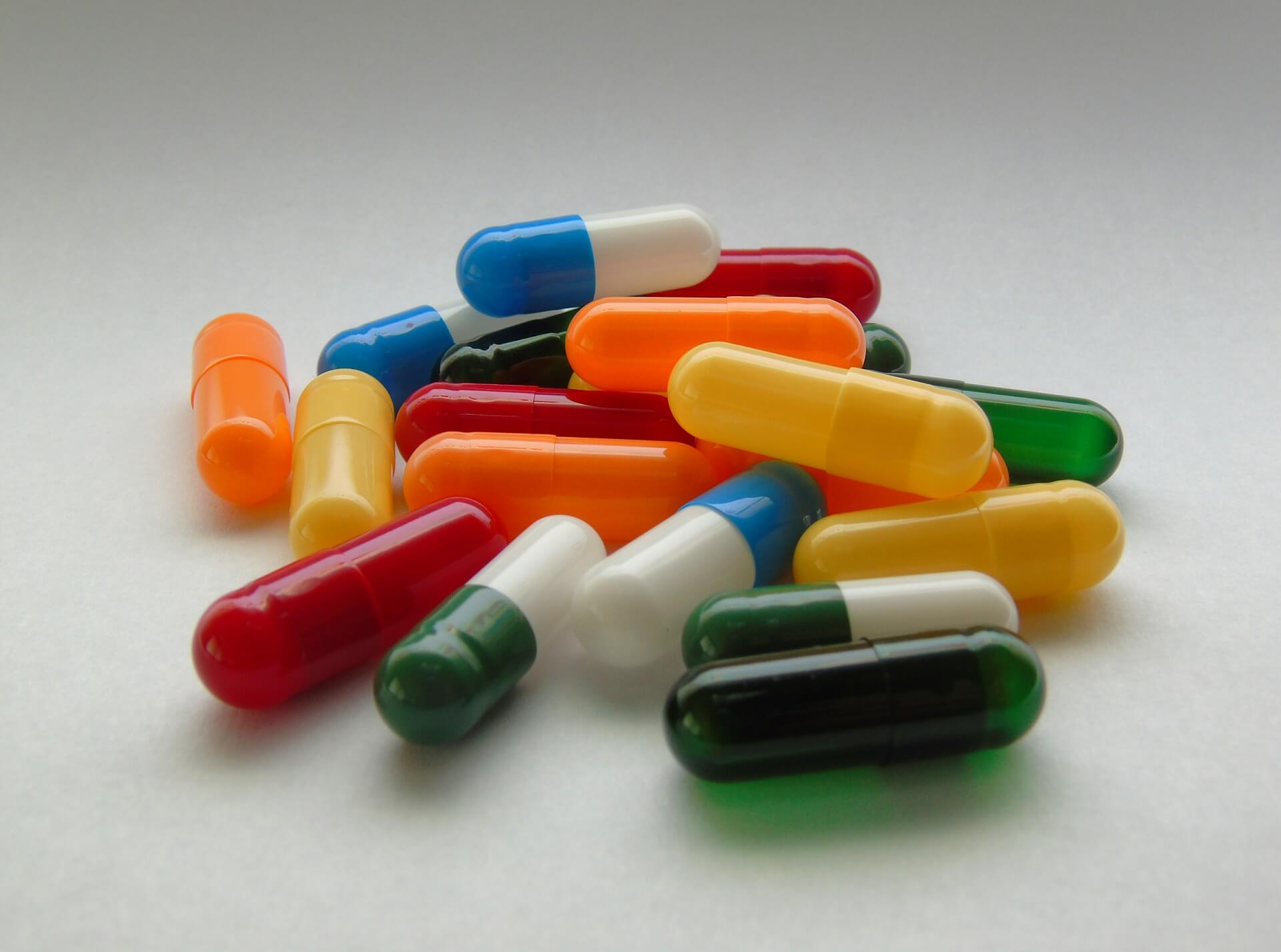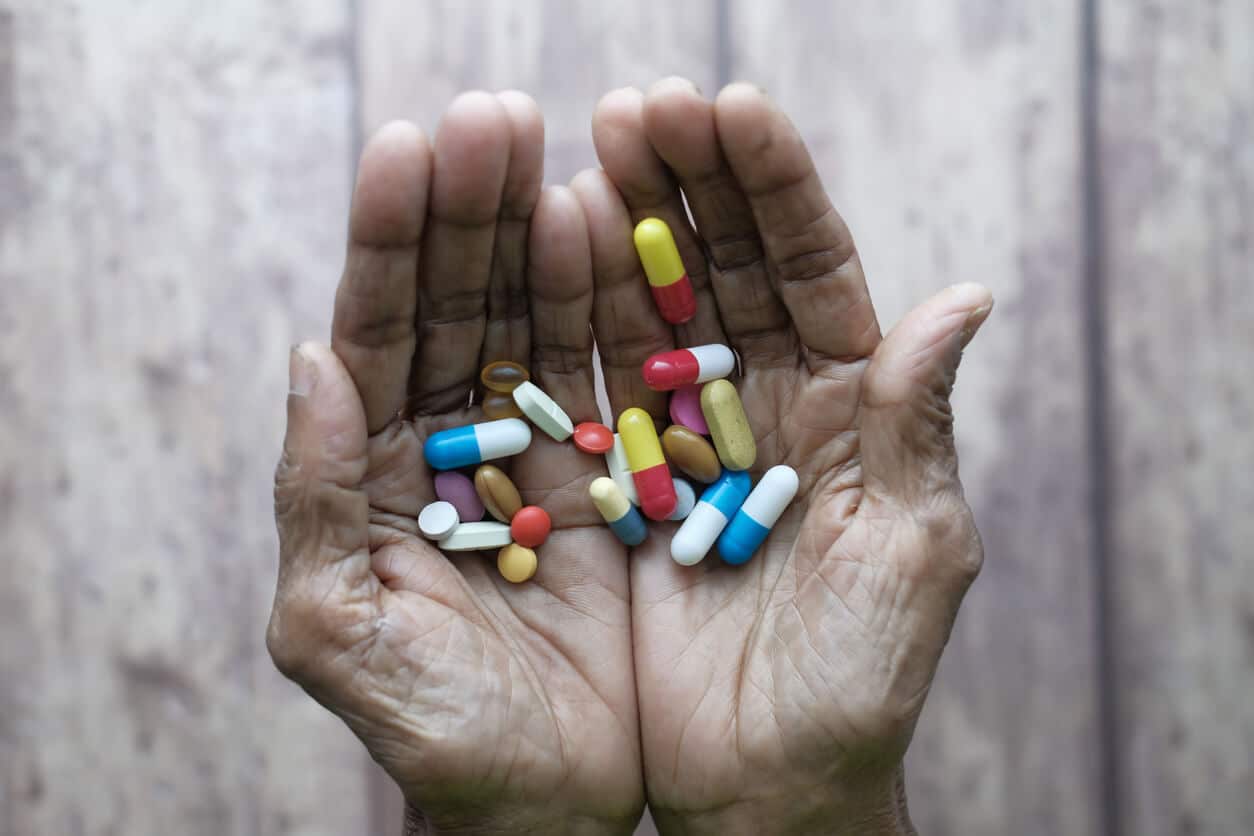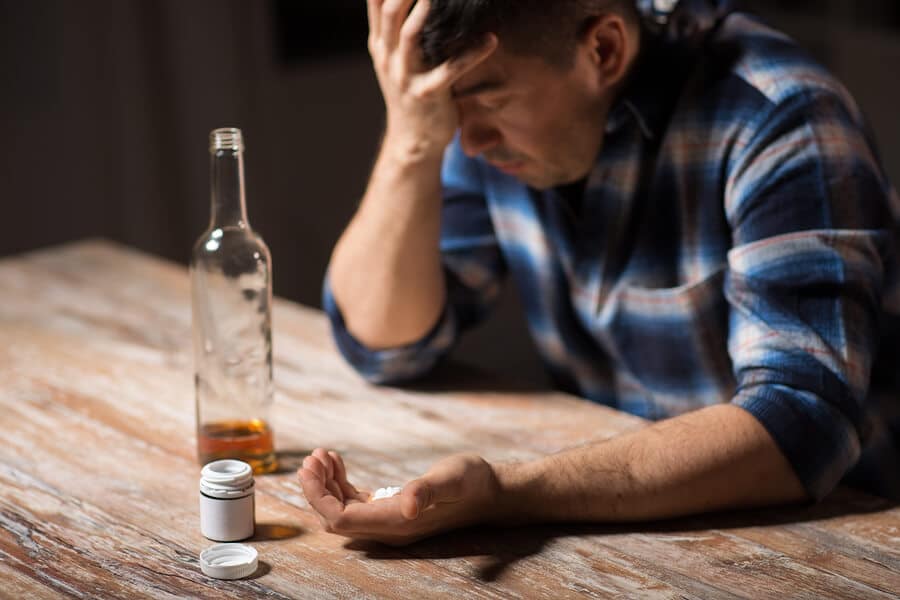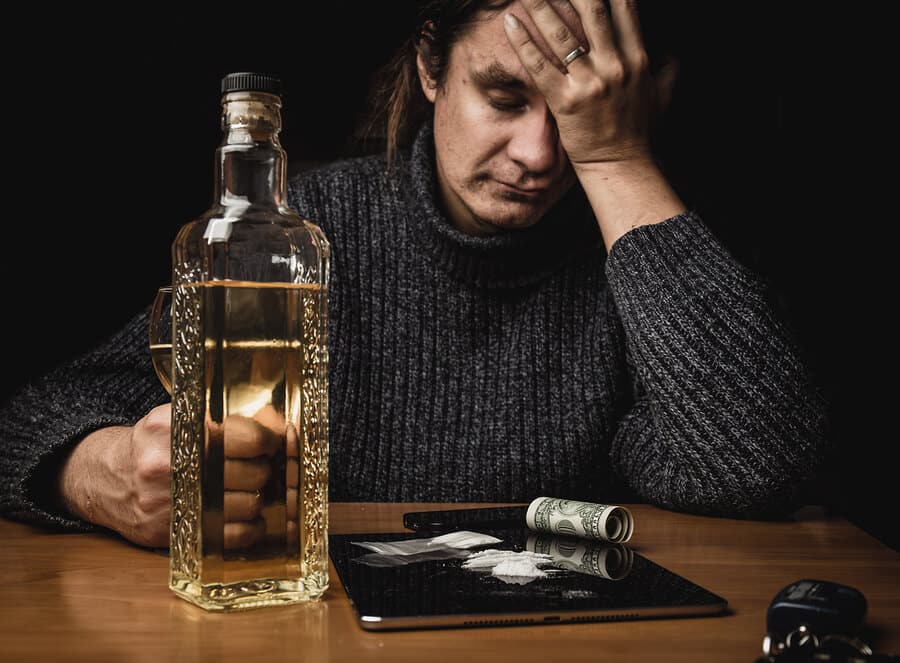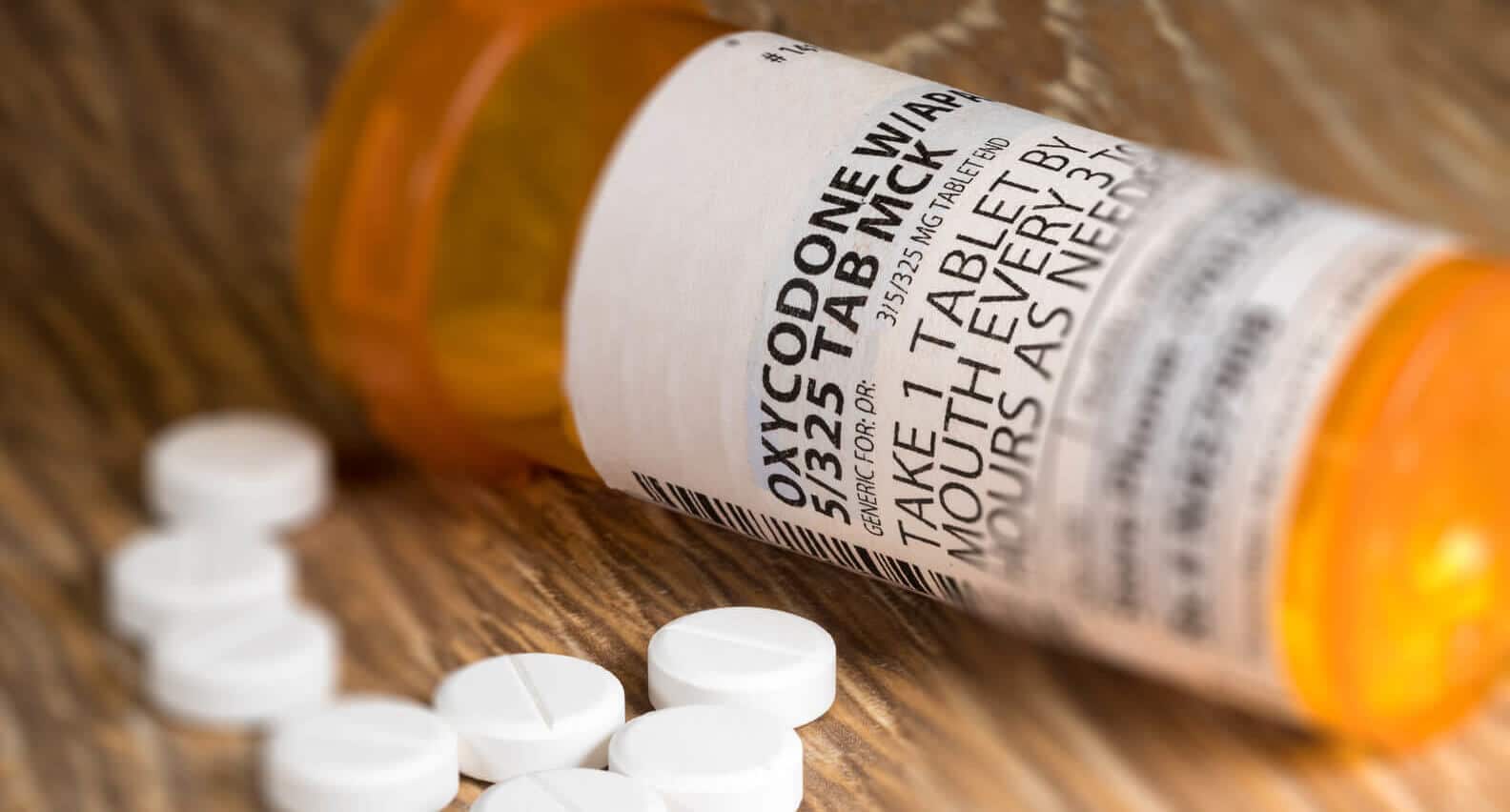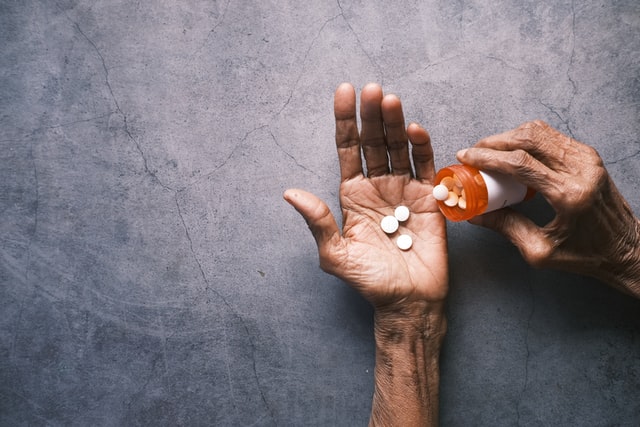
Do you have a loved one who is addicted to opioids? If so, you may notice certain personality or mood change with them. Your loved one may also have legal, financial or relationship issues.
Sometimes, people who struggle with an addiction are more likely to get treatment when they have family members or friends who encourage them to get treatment. If you follow the tips noted here today, maybe your loved one will enter into an opioid addiction treatment program here at Harmony Stuart Treatment and Wellness Center.
Opioid Addiction Education
If your loved one has an opioid addiction, one of the first things you should do is learn more about this type of addiction. There are many things that can cause someone to abuse opioids. There are also many triggers that can lead to drug use. These are just a couple of the things that you may need to learn about, so you can better help your loved one. After learning about these things, you may want to learn about the various treatment options available to your loved one.
Observing Your Loved One
Another way that you can help your loved one if they have an opioid addiction is to observe them. Some of the things you should look for include:
- Mood swings
- Drug abuse habits
- Symptoms of addiction
- Relationship issues
- Withdrawal symptoms
After observing your loved one for a while, you can learn more about their lifestyle and what drugs they may be abusing. The more information you have, the more you will be able to discuss with them about the addiction and what treatments may be best for them.
Intervention
Many people who struggle with opioid addiction won’t get clean on their own. They often need their loved ones or friends to talk to them about how they are behaving. Sometimes, ultimatums need to be given before a person will agree to enter a treatment program. If needed, you can even have an intervention specialist help with the intervention for your loved one. The purpose of this meeting is to have everyone share how the addiction is affecting them and to let your loved one know they need to get treatment.
It is crucial to make sure your loved one isn’t under the influence of drugs while holding the intervention. Everyone who is attending the intervention should be clean, as well.
Using Naloxone
Unfortunately, many people who abuse opioids do overdose on the drug. Even though you may not want to think about it, it is imperative that you are prepared for an overdose. If your loved one does overdose, you should be able to administer naloxone right away. The longer you wait, the less likely it is that your loved one will survive the overdose.
If you did have to use naloxone on your loved one, it is still important that they get immediate medical treatment. There may be other symptoms of the overdose that need to be managed and treated.
Supporting Them in Treatment and Recovery
If your loved one has an addiction to opioids and they agree to get help, it is important to support them as much as you can throughout their treatment program and in their recovery, as well. Some of the many ways you can support them include:
- Don’t take any prescriptions or drugs in front of them
- Don’t take them to places where drugs or alcohol are being used
- Let them vent or talk to you about anything they are going through
- Attend meetings with them and go to meetings for family members of addicts on your own
- Create a calm, peaceful home environment
- Do activities with them that don’t involve drugs or alcohol
- Visit them if they are staying at a treatment center (there are often visitor hours)
- Attend family therapy to work through relationship and trust issues with your loved one
These are just some of the many ways that you can be there for your loved one if they have an opioid addiction. If you want to know more about the treatments your loved one will be receiving, you can talk to our Harmony Stuart team.
Get Help for a Loved One Who Has an Addiction to Opioids Today
Does your loved one have an opioid addiction? If so, there are numerous ways that you can help and support them. From learning about opioid addiction to holding an intervention and offering support in recovery, you can be there to help your loved one in each part of the journey to living a better, substance-free life.
Contact us today to help your loved one get treatment for an opioid addiction.
